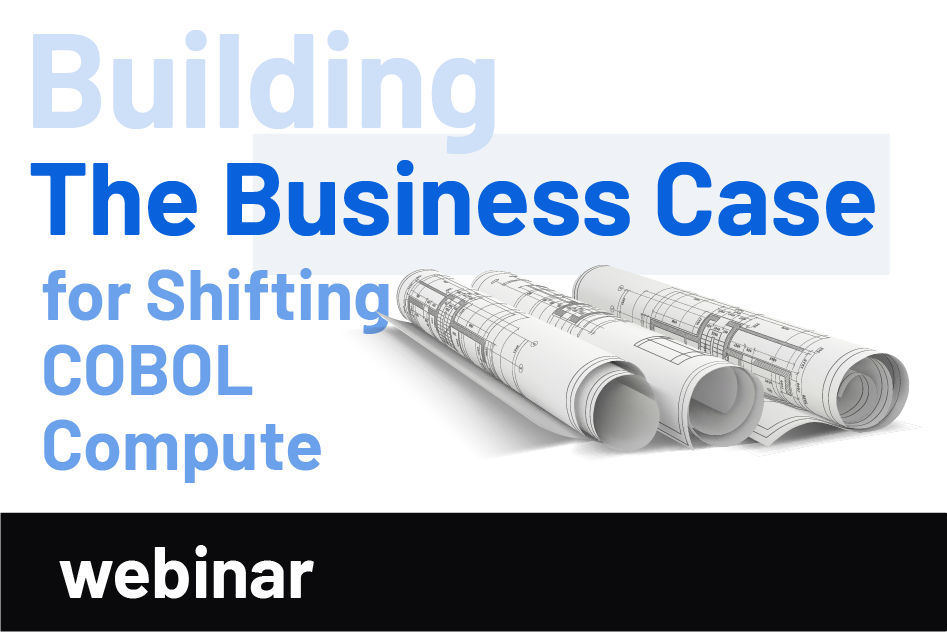A Modernization Dilemma: Cloud Application – or an Application in the Cloud – Now Available on YouTube

We’re moving to the cloud.
That simple declaration has launched a thousand modernization projects. Mission-critical mainframe COBOL applications be damned! We’re moving to the cloud.
It’s a reaction to peer and societal pressures for some IT leaders. For others, it’s the modern-day “nobody ever got fired for buying IBM” cliché. Or it could be just a career trajectory checkbox.
If moving your mission-critical, intellectual-property-filled, what-pays-the-bills application to the cloud is simply an exercise to list another application under the “cloud deployed” column – you are doing it wrong.
COBOL modernization is chess, not checkers, and it requires strategic and careful thoughts and plans. After all, the goal is to have a cloud application – not an application that runs in the cloud.
There is a stark and significant difference between the two.
In this event, Gregory identifies those differences and discusses the thinking behind transforming COBOL applications into well-architected, high-performing, and sustainable cloud applications.
Key takeaways include:
- What’s the difference between a cloud application and an application running in the cloud?
- The problems and costs that arise from making the mistake of just moving to the cloud.
- What you should do instead and the many benefits.
Watch CloudFrame CTO Gregory Saxton, as he leads this event and answers your modernization questions.
Releted Tags
Related Post

COBOL Modernization Myth Busting: Maintainable Java Now Available on YouTube
The drive to get COBOL applications into the cloud, and specifically Java,…

Shifting COBOL Compute Workload: GFT and CloudFrame Partner to Reduce…
Organizations that rely on mainframe COBOL applications for mission-critical internal and customer-facing…

Building a Business Case for Shifting COBOL Compute Now Available…
Developing a sound business case for your modernization projects is critical to…

Recent Comments